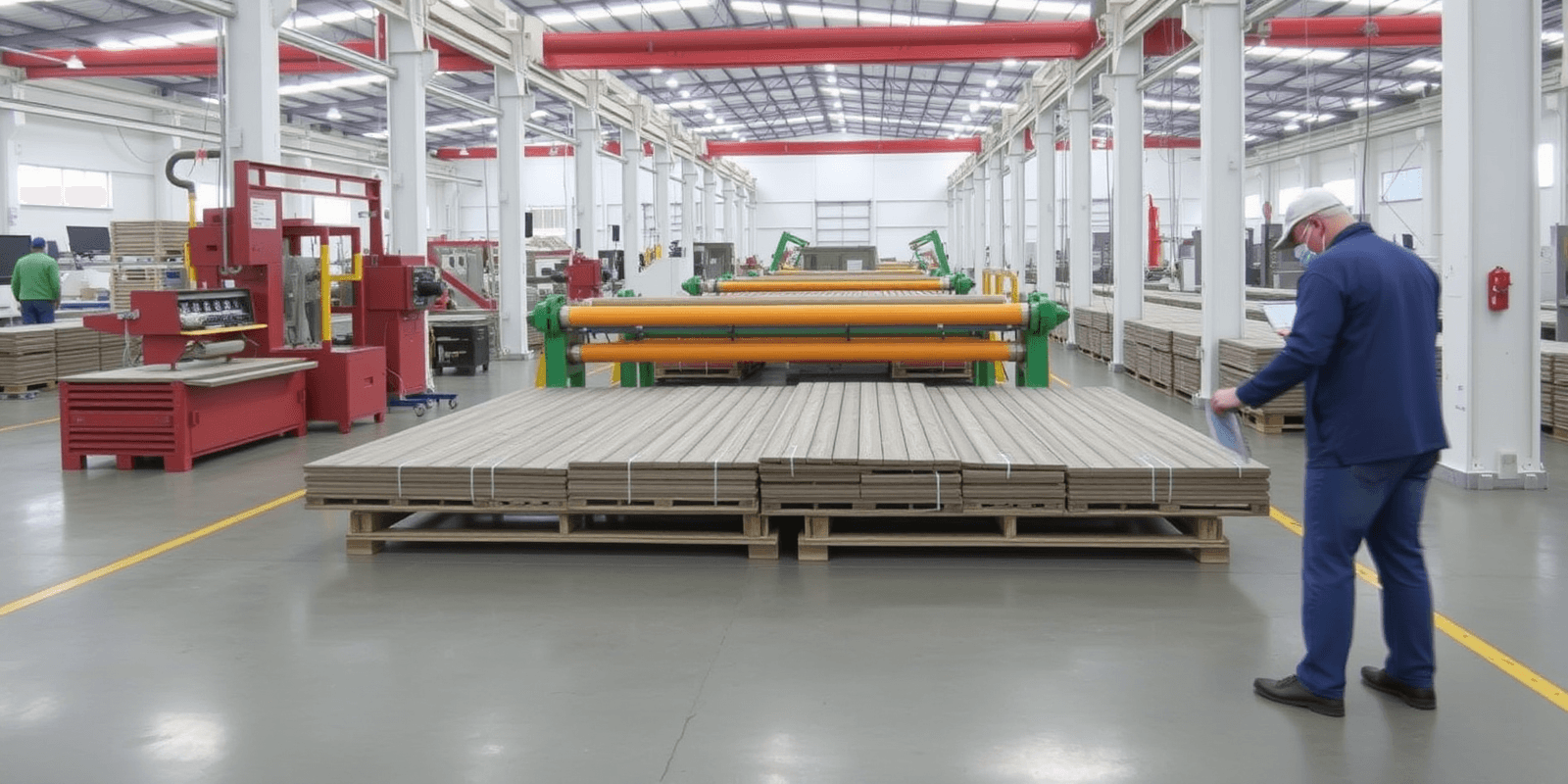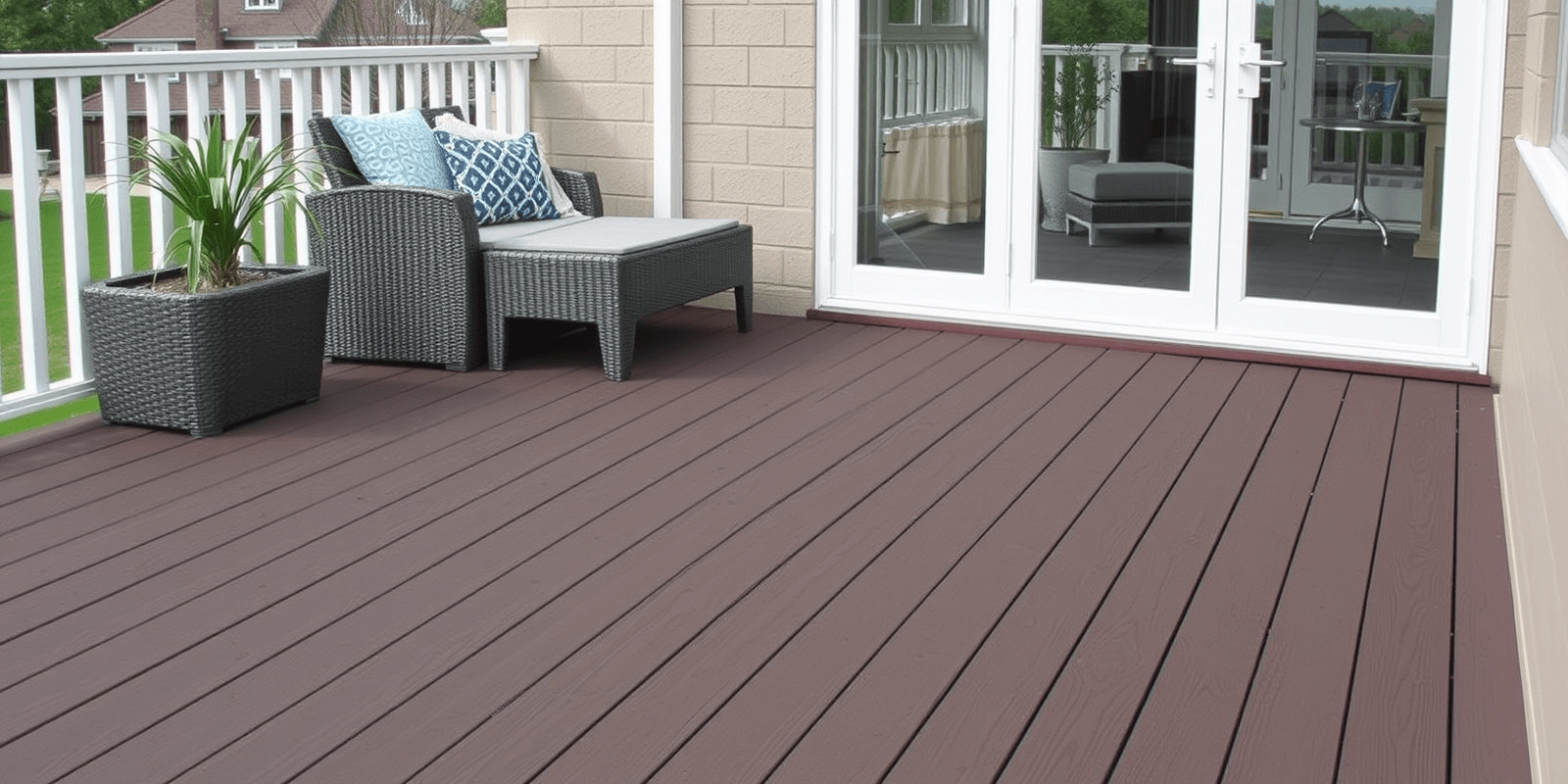“`html
The Role of Quality Control in WPC Composite Decking Factory Production
Wood-Plastic Composite (WPC) decking has become increasingly popular due to its durability, low maintenance, and eco-friendly nature. However, ensuring the quality of these products is crucial for both manufacturers and consumers. This article delves into the importance of quality control processes in WPC composite decking factories, discussing specific tests and criteria used to guarantee the durability, appearance, and overall quality of the final product.
Introduction to Quality Control in WPC Composite Decking Factories
In the production of WPC composite decking, quality control is not just a step; it’s a cornerstone that ensures the longevity and reliability of each deck. Manufacturers must implement rigorous quality control measures to meet industry standards and customer expectations. The process begins with raw material inspection and continues through every stage of production until the final product is ready for shipment.
Raw Material Inspection and Testing
The quality of WPC composite decking starts with the raw materials—primarily recycled wood fibers and plastic resins. These materials are inspected for purity, moisture content, and particle size distribution. Tests such as tensile strength, impact resistance, and color consistency are conducted to ensure they meet the required specifications. For instance, the ASTM D7031 standard outlines the testing procedures for WPC materials, providing a benchmark for quality assurance.
Manufacturing Process Monitoring
During the manufacturing process, continuous monitoring is essential to maintain consistency. Parameters such as temperature, pressure, and mixing ratios are closely controlled to achieve uniformity in the composite material. Automated systems and sensors are often employed to detect any deviations from the set parameters, allowing for immediate corrective actions.
Post-Production Testing and Criteria
Once the WPC composite decking boards are produced, they undergo several post-production tests to evaluate their performance. Key tests include:
- Mechanical Testing: To assess the strength and durability of the boards, tests like tensile strength, flexural strength, and compression tests are performed. The ASTM D7032 standard provides guidelines for these mechanical properties.
- Weathering Tests: To simulate outdoor exposure, accelerated weathering tests using UV lamps and salt spray chambers are conducted. These tests help predict the long-term performance of the decking under various environmental conditions.
- Aesthetic Evaluation: Visual inspections are carried out to ensure consistent coloration, texture, and surface finish. Any defects or inconsistencies are identified and addressed before the product reaches the market.
The Impact of Quality Control on Consumer Trust
Quality control practices significantly influence consumer trust and satisfaction. A well-implemented quality management system builds confidence in the product’s durability and aesthetic appeal. This, in turn, enhances brand reputation and fosters repeat business. Consumers expect WPC composite decking to withstand harsh weather conditions, resist fading, and maintain its appearance over time. Rigorous quality control ensures that these expectations are met, contributing to the overall success of the product in the market.
Conclusion
In conclusion, quality control is indispensable in WPC composite decking factories. From raw material selection to final product testing, each step plays a critical role in ensuring the durability, appearance, and overall quality of the decking. By adhering to stringent quality control protocols and industry standards, manufacturers can deliver high-quality products that meet and exceed customer expectations. As the demand for sustainable and durable building materials continues to grow, prioritizing quality control will remain a key differentiator in the competitive WPC composite decking market.
“`
This HTML document provides a comprehensive overview of the importance of quality control in WPC composite decking factories, structured with headings and subheadings, and includes references with hyperlinks. The content is SEO-friendly and natural, emphasizing the keywords “wpc composite decking factory” throughout the text.



